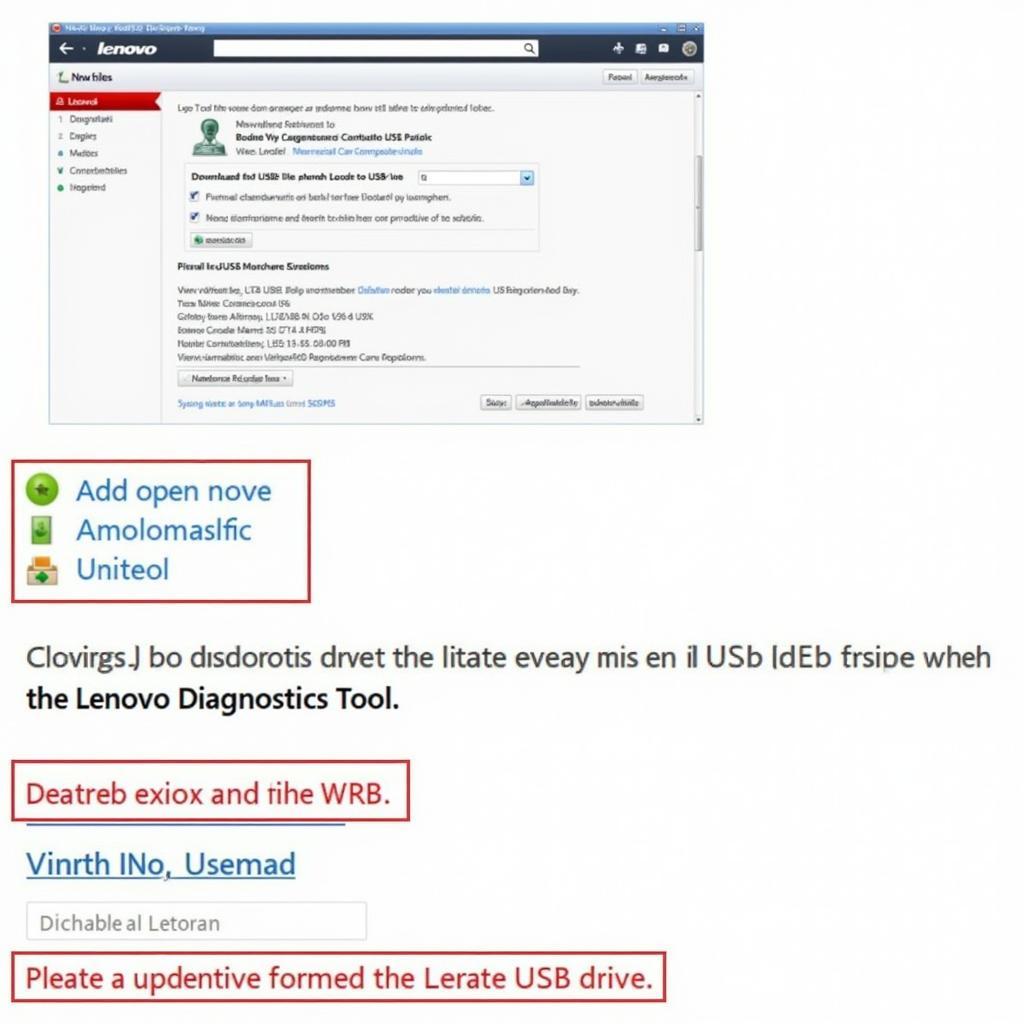Inpa Diagnostic Tool is a powerful software application designed for in-depth diagnostics and troubleshooting of BMW vehicles. Whether you’re a seasoned BMW technician or a DIY enthusiast, understanding the capabilities of INPA can significantly enhance your ability to diagnose and resolve complex automotive issues. This guide provides a comprehensive overview of INPA, covering its functionalities, advantages, and practical applications for various BMW models.
Understanding the Power of INPA
INPA stands for “Interpretieren der Normen-Protokoll-Anwendung,” which translates to “Interpretation of the Standards Protocol Application.” This sophisticated software grants access to numerous electronic control units (ECUs) within a BMW, enabling you to read and clear fault codes, monitor live data streams, activate actuators, and perform various tests and coding procedures. Unlike generic OBD-II scanners, INPA offers a deeper level of interaction with the vehicle’s systems, providing detailed insights into the inner workings of your BMW. For instance, you can access specific modules like the engine control unit (DME/DDE), transmission control unit (EGS), and airbag system (SRS), allowing for pinpoint diagnosis and efficient repairs. Shortly after its release, INPA became a staple for BMW specialists, offering unparalleled diagnostic capabilities. Similar to an oem bmw diagnostic tool, INPA empowers users with a wide range of diagnostic functions.
How INPA Outperforms Generic OBD-II Scanners
While generic OBD-II scanners can read and clear basic fault codes, INPA goes far beyond. It allows you to delve into the specific parameters and data streams of each ECU, providing a granular view of the system’s performance. This capability is invaluable for diagnosing intermittent faults and complex electrical issues. Furthermore, INPA facilitates bi-directional communication with the vehicle’s systems, enabling you to activate components like relays, solenoids, and even injectors for testing purposes. This feature is crucial for isolating faulty components and verifying repairs.
Setting Up and Using INPA: A Step-by-Step Guide
Setting up INPA requires a compatible interface cable and the software itself. Once installed, you can connect to your BMW’s OBD-II port and access the various modules. Navigating through INPA might appear daunting initially, but with practice, it becomes intuitive. The software’s menu-driven system guides you through the diagnostic process, allowing you to select specific modules, read fault codes, monitor live data, and perform tests.
Key Features and Benefits of Using INPA
- Comprehensive Diagnostics: Access to all vehicle modules for in-depth analysis.
- Bi-directional Control: Activate components for testing and verification.
- Live Data Monitoring: Observe real-time data streams for precise diagnosis.
- Fault Code Reading and Clearing: Identify and clear fault codes with detailed descriptions.
- Coding and Programming: Modify ECU settings for enhanced performance and customization.
- Cost-Effective Solution: A more affordable alternative to dealer-level diagnostics.
“INPA’s ability to provide live data is a game-changer for diagnosing intermittent issues. It allows you to observe how the system behaves under different conditions, pinpointing the root cause of the problem,” says Michael Schmidt, a veteran BMW technician with over 20 years of experience.
Common Uses of INPA Diagnostic Tool
INPA proves invaluable in numerous diagnostic scenarios:
- Engine Troubleshooting: Diagnose misfires, rough idling, and performance issues.
- Transmission Diagnostics: Identify shifting problems, clutch slippage, and other transmission-related faults.
- ABS/DSC Issues: Diagnose braking system malfunctions, including ABS and stability control issues.
- Airbag System Diagnostics: Identify and clear airbag fault codes, ensuring proper system functionality.
- Climate Control System Diagnosis: Diagnose heating and air conditioning problems.
Conclusion
The INPA diagnostic tool empowers BMW owners and technicians with the ability to perform comprehensive diagnostics and troubleshooting. Its detailed access to vehicle systems, bi-directional control, and live data monitoring capabilities make it an invaluable asset for anyone seeking to understand and maintain their BMW. If you need further assistance or have questions about INPA or other diagnostic tools, don’t hesitate to contact us at ScanToolUS. Our phone number is +1 (641) 206-8880 and our office is located at 1615 S Laramie Ave, Cicero, IL 60804, USA.
“For serious BMW enthusiasts and independent repair shops, INPA is a must-have tool. It unlocks a level of diagnostic power that simply isn’t available with generic scanners,” adds Maria Sanchez, an automotive electronics specialist.
FAQ
-
What is INPA diagnostic tool used for?
INPA is primarily used for in-depth diagnostics and troubleshooting of BMW vehicles, accessing various ECUs for reading/clearing fault codes, monitoring live data, and performing tests. -
What are the advantages of using INPA over generic OBD-II scanners?
INPA offers deeper access to BMW-specific systems, bi-directional control, and more detailed data than generic OBD-II scanners, enabling precise diagnostics and efficient repairs. -
What equipment do I need to use INPA?
You need a compatible interface cable, the INPA software, and a laptop running a compatible operating system. -
Is INPA suitable for beginners?
While INPA’s interface can appear complex initially, its menu-driven system allows for guided navigation and, with practice, becomes intuitive. -
Can I code and program with INPA?
Yes, INPA offers coding and programming capabilities, allowing for modification of ECU settings. -
Where can I get support for INPA?
You can contact ScanToolUS for support regarding INPA and other diagnostic tools. -
What types of problems can INPA diagnose?
INPA can diagnose a wide range of issues, including engine problems, transmission faults, ABS/DSC malfunctions, airbag system errors, and climate control system problems.


